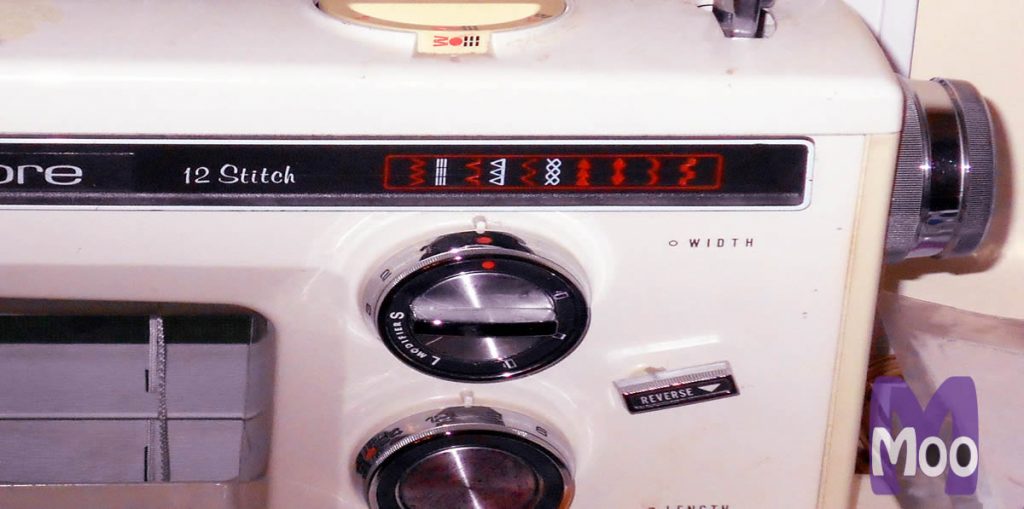10 Tips for Getting the Most from your Sewing Machine
Even beginners can learn from the start to use sewing time wisely. Incorporate these tips from professionals who sew for a living and you will sew better and faster, too.

Use the Right Tool for each Job
Some basic tools are used in nearly every project: seam ripper, ruler, pins, thread snips, shears. Be sure your tools are right for the job at hand. For example:
- Don’t “make do” with a needle that is sharp when you need a ball point or vice versa. The poor stitch quality from using the wrong needle is not your sewing machine’s fault! It must work with the tools you give it. Keep assorted packages of needles near the machine so you never have to compromise on the right size and style.
- Switch presser feet as needed. Yes, it may take a moment—but using a zigzag foot when you should use a straight stitch foot could mean your stitches are not as straight as they could have been. Using a walking foot can save you the trouble of ripping out puckered seams. Using a blind hem foot will help you get that professional hem you want.
- Maintain or replace tools as needed. Sharp shears make cutting a pattern a breeze. Dull shears might as well be a pencil! Start every project with sharp shears and a new machine needle. Clean lint from your machine regularly. Replace pins as they dull or get bent.
Keep Stores of Basic Supplies
There are some supplies you need regularly. Like your kitchen has bread and milk, your sewing room should have some staple items.
- All-purpose thread in basic colors can get you through everyday mending and many new projects. Wait for a sale and stock up on white, black, beige, and whatever colors you tend to use most for fashion and decorating.
- Extra machine and hand sewing needles are inexpensive compared to making a special trip to the store for a needle mid-project. Same goes for interfacing, hooks and eyes, and elastic in a variety of widths.
- If you sew a lot, consider ordering in bulk from a dressmaker supply company. You could buy a grab bag assortment of zippers or bias tapes for the cost of just a few at a local fabric store. Share with friends who sew.
Never Stop Learning
Nobody ever knows everything about sewing. There are specialty areas such as tailoring, quilting, machine embroidery, and French hand sewing.
- Focus on one type of sewing for a while. Do several related projects so you get to perfect your technique through repetition. Get to know the special tools of your focus area.
- Use the library. Many excellent sewing books are available in any good public library.
- Take a class. Sometimes you need a warm human touch to get you through a difficult skill. Inquire at your local craft store or sewing machine store.
- Subscribe to some sewing magazines for periodic inspiration. Threads and Sew News are just two of the many publications you can find at larger bookstores, fabric stores, or online.







